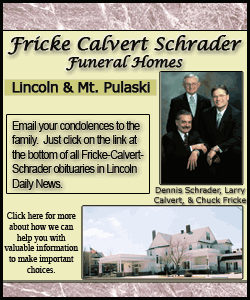| |||||||||||
| |||||||||||
"I kind of had tunnel vision because I thought I was still going to get to him, but once I saw what Mike Mayfield was saying, there was no way we were going to get back there," Young said. As life rafts started to carry workers to safety, Young returned to the bridge and told the captain, Curt Kuchta, that the fire was too large to fight. "Was anybody on the bridge panicking?" Li asked. "Not that I noticed, no," he said. Earlier Monday, U.S. District Judge Carl Barbier heard videotaped testimony by Paul Meinhart, a Transocean rig worker who described Kuchta as "very calm and direct" after the blowout. During the trial's opening statements, plaintiffs' attorney Jim Roy claimed Kuchta was "woefully undertrained" in the rig's safety management system. Roy also said the Deepwater Horizon's "dual command structure" prevented Kuchta from unilaterally activating a system that disconnected the rig from the well in an emergency. Young said he personally sounded the rig's general alarm after the explosion, contradicting testimony by Webster, who said the alarm never sounded. Barbier is hearing testimony without a jury. Barring a settlement, he could decide how much more money the companies should pay for their roles in the disaster.
[Associated
Press;
Copyright 2013 The Associated
Press. All rights reserved. This material may not be published,
broadcast, rewritten or redistributed.
News | Sports | Business | Rural Review | Teaching & Learning | Home and Family | Tourism | Obituaries
Community |
Perspectives
|
Law & Courts |
Leisure Time
|
Spiritual Life |
Health & Fitness |
Teen Scene
Calendar
|
Letters to the Editor